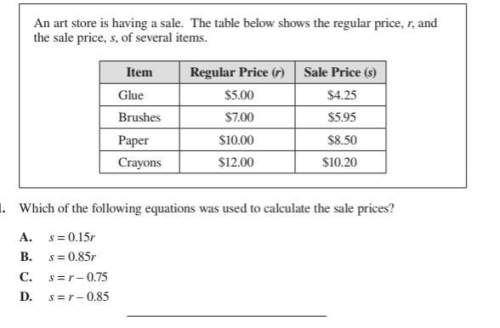
Mathematics, 07.09.2019 04:10 trietvo112200
Define the double factorial of n, denoted , as follows: ={1⋅3⋅5(n−2)⋅nif n is odd 2⋅4⋅6(n−2)⋅nif n is even and (−1)==1. find the radius of convergence for the given power series. ∑n=1[infinity]3n⋅n! ⋅(5n+8)! ⋅(2n)⋅[(n+9)! ]5⋅(4n−4)(−6x+4)n the radius of convergence, r

Answers: 2


Another question on Mathematics

Mathematics, 21.06.2019 13:00
Determine whether the angles in each given pair are coterminal. 744°, -336°
Answers: 1

Mathematics, 21.06.2019 19:50
The probability that a student graduating from suburban state university has student loans to pay off after graduation is .60. if two students are randomly selected from this university, what is the probability that neither of them has student loans to pay off after graduation?
Answers: 2

Mathematics, 21.06.2019 20:30
Two triangles can be formed with the given information. use the law of sines to solve the triangles. b = 49°, a = 16, b = 14
Answers: 3

Mathematics, 21.06.2019 21:00
Me! i will mark you brainliest if you are right and show your i don't get polynomials and all the other stuff. multiply and simplify.2x(^2)y(^3)z(^2) · 4xy(^4)x(^2)show your
Answers: 2
You know the right answer?
Define the double factorial of n, denoted , as follows: ={1⋅3⋅5(n−2)⋅nif n is odd 2⋅4⋅6(n−2)⋅nif n...
Questions

History, 03.04.2021 20:10

Mathematics, 03.04.2021 20:10

Chemistry, 03.04.2021 20:10



Mathematics, 03.04.2021 20:10



Chemistry, 03.04.2021 20:10





Mathematics, 03.04.2021 20:10


History, 03.04.2021 20:10



Mathematics, 03.04.2021 20:10




